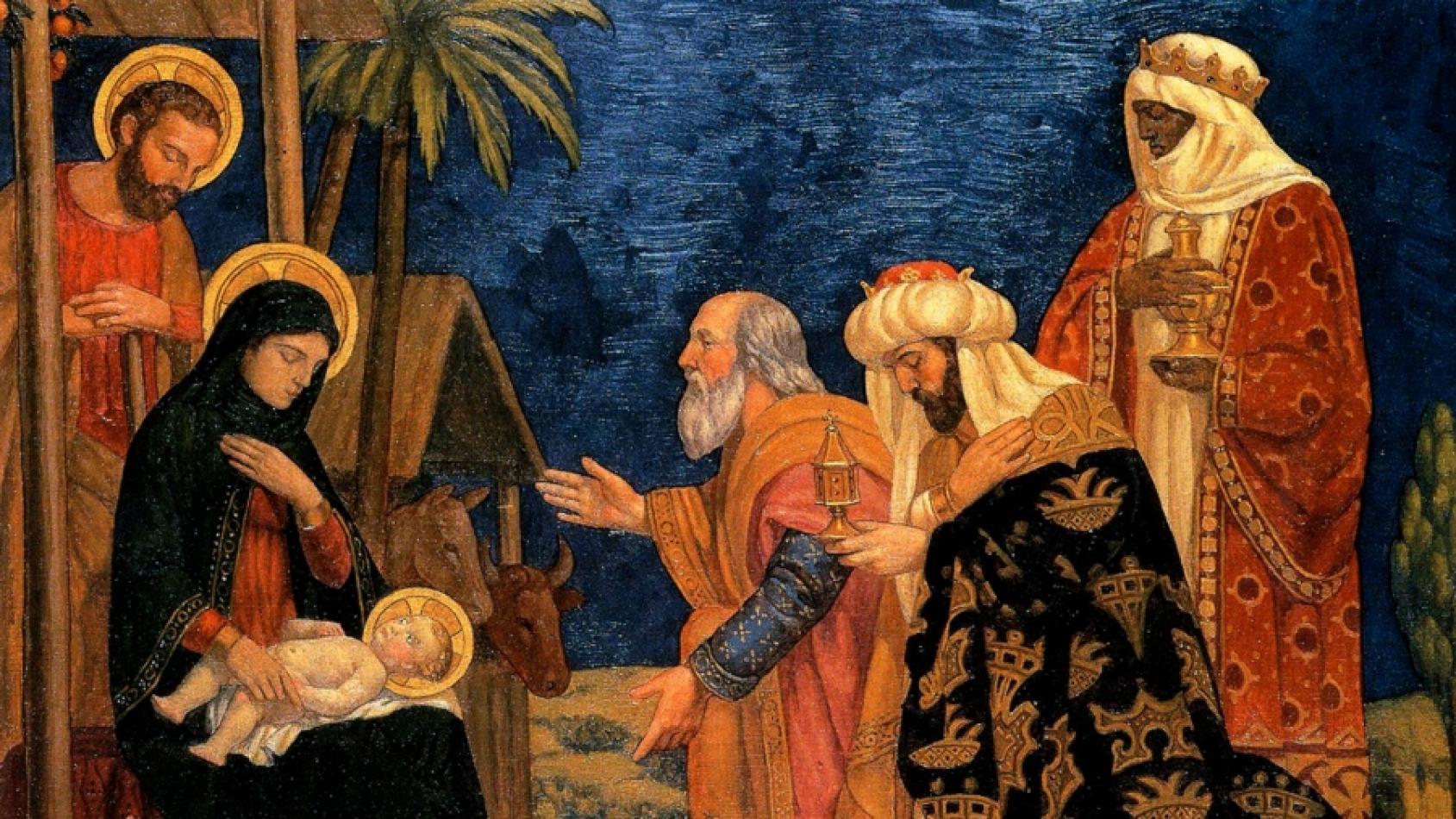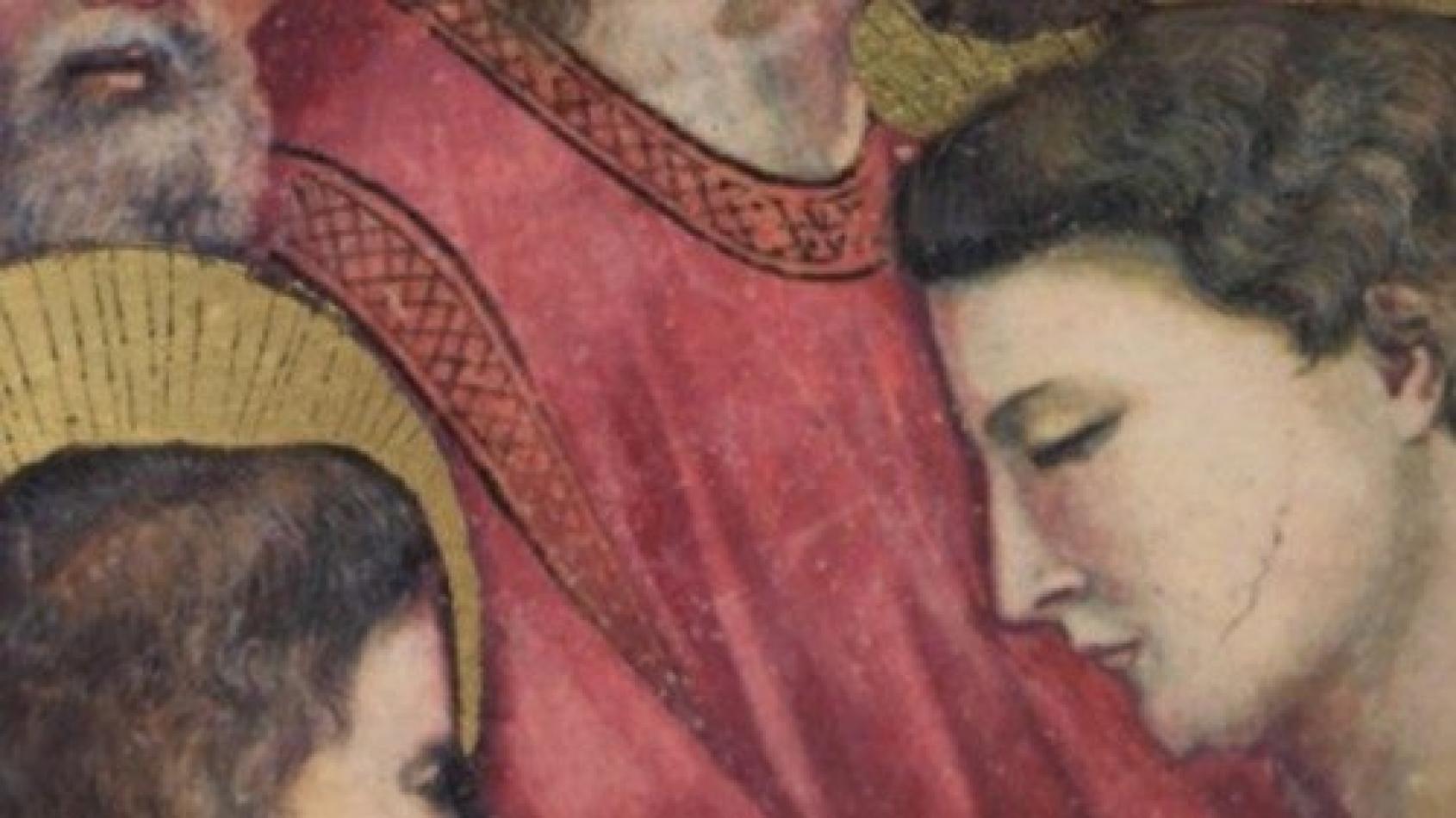Daniel Comboni
Comboni Missionaries
Institutional area
Other links
Newsletter
On 6 January, twelve days after Christmas, the Church has celebrated, since its earliest centuries, the solemnity of Epiphany. The Greek word epiphàneia means “manifestations” (in the plural) and was used to denote the 'manifestations' of divinities. In ancient Greece, it referred to festivals dedicated to a specific deity. This term was adopted by Christianity to signify the “manifestation” of Jesus to the nations, represented by the Magi. (...)
Radiant Stars, Extinguished Stars, and Black Holes
“Where is he who has been born?”
Matthew 2:1-12
On 6 January, twelve days after Christmas, the Church has celebrated, since its earliest centuries, the solemnity of Epiphany. The Greek word epiphàneia means “manifestations” (in the plural) and was used to denote the 'manifestations' of divinities. In ancient Greece, it referred to festivals dedicated to a specific deity. This term was adopted by Christianity to signify the “manifestation” of Jesus to the nations, represented by the Magi.
The date of Epiphany is close to the Christmas celebrations of Eastern Churches, held on 7 January. The discrepancy of 13 days is solely due to the calendar adopted: while Western Churches follow the Gregorian calendar (named after Pope Gregory XIII, who introduced it in 1582), Eastern Churches still use the old Julian calendar (devised by Julius Caesar in 45 BC). Thus, 25 December in the Orthodox Christmas aligns with our 7 January, while their 6 January for Epiphany corresponds to our 19 January.
THE MAGI, Seekers of God
The vivid episode of the Magi, recounted succinctly by St Matthew, has been one of the most intriguing and studied narratives since the time of the Church Fathers and early apocryphal Christian writings. Around the Gospel account, a rich and creative tradition has developed:
- The Magi became three, like the three gifts: gold, frankincense, and myrrh.
- They are considered kings, perhaps because a king is the supreme representative of a people, and also due to the influence of some biblical texts, such as Isaiah 60 (see the first reading) and Psalm 72: “May the kings of Tarshish and the isles render tribute, may the kings of Sheba and Seba bring gifts” (responsorial psalm).
- They were given names: Caspar, Melchior, and Balthasar.
- They are said to have come from three different continents: Africa, Asia, and Europe.
- One has dark skin, another fair, and the third yellow.
- One is young, one middle-aged, and the third elderly.
Clearly, this tradition developed so that the three Magi would represent all humanity paying homage to Christ. They also represent us.
In the second reading, St Paul emphasises that the Epiphany is the revelation of a “mystery” hitherto hidden: “In Christ Jesus, the Gentiles are heirs together with Israel, members of the same body, and sharers in the promise through the Gospel” (Ephesians 3:6).
Until then, the history of salvation was interpreted through a nationalistic lens: God’s promises were reserved exclusively for the people of Israel. This celebration, therefore, takes on a predominantly universal and missionary significance. It is the antithesis of the Tower of Babel and the foretaste of Pentecost!
The Magi are an eloquent symbol of those who seek God and set out on a journey. Faith is “restless”: it does not leave us content with the answers found or the goals reached. A faith that does not make us pilgrims is like that of the scribes of Jerusalem, questioned by Herod. They know where the Messiah is to be born but do not move to seek him.
Every believer is like Abraham, who “set out, not knowing where he was going” (Hebrews 11:8). The journey of the Magi is an emblem of Christian life and of every human existence: to set out together in search of meaning, looking upwards, ready to face the unknown, and capable of discerning God’s presence in smallness.
THE STAR and Stars
The Magi were “astrologers” who observed the stars. Their origin in the East suggests Persia. Many astronomers have tried to identify which star or comet they might have observed. However, the explanation should not be sought so much in science as in the biblical realm. St Matthew probably referred to the oracle of the ‘prophet’ Balaam: “I see him, but not now; I behold him, but not near: a star shall come out of Jacob, and a sceptre shall rise out of Israel” (Numbers 24:17). This star is interpreted as a reference to the Messiah.
In antiquity, it was commonly believed that every person had their own star, which rose at their birth and disappeared at their death. The brighter the star, the more significant the person was considered.
Many stars shine in our firmament, but not all lead to Christ. Some make us lose our way in life. Which “star” is the compass of my existence?
What does the Star represent? It first evokes Jesus, “the bright morning star” (Revelation 22:16). He is the Star that guides the Christian’s life. However, we too are called to “shine like stars in the world” (Philippians 2:15). Every Christian is invited to become a star guiding others to Christ.
“Epiphany takes all the holidays away,” says a popular proverb. May the Star, however, remain alive in our hearts! Otherwise, how could we illuminate the world, we who are called to be “the light of the world”? Without it, we would be extinguished stars or, worse, “black holes” that absorb and cancel every ray of light they encounter.
THE GIFTS: Gold, Frankincense, and Myrrh
What do the three gifts represent? Traditionally, it is said that gold symbolises Christ’s messianic kingship; frankincense, his divinity; and myrrh, his humanity. However, different interpretations abound. St Bernard, for example, suggested that the gold was to alleviate Mary’s poverty, the frankincense to purify the stable’s air, and the myrrh as a worm repellent!
But what might these gifts represent for us today? And, above all, what can we offer Jesus? Let us look into the treasure chest of our hearts: what treasures do we hold? What gifts might we offer as a sign of our adoration, gratitude, and love?
Fr. Manuel João Pereira Correia, mccj




